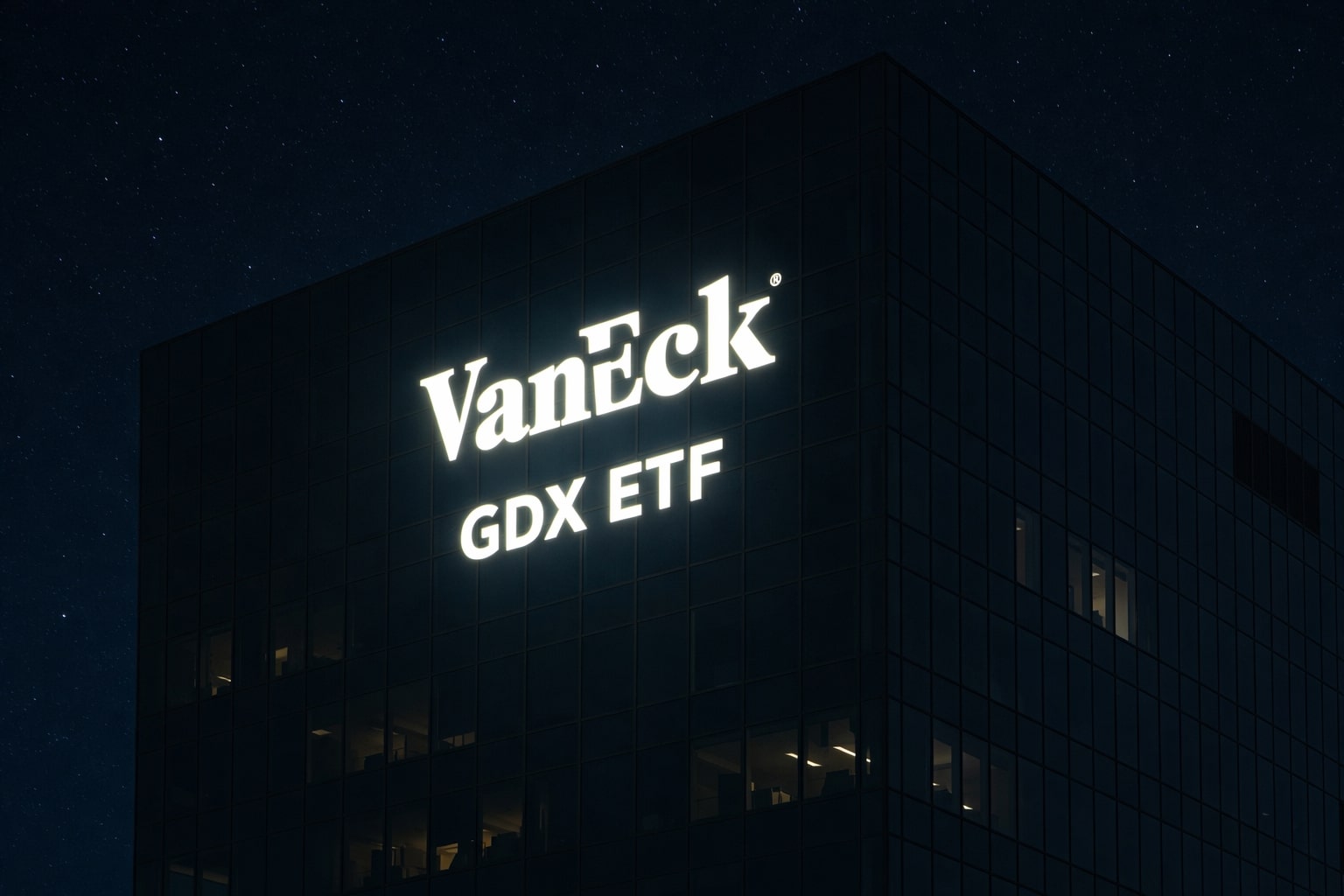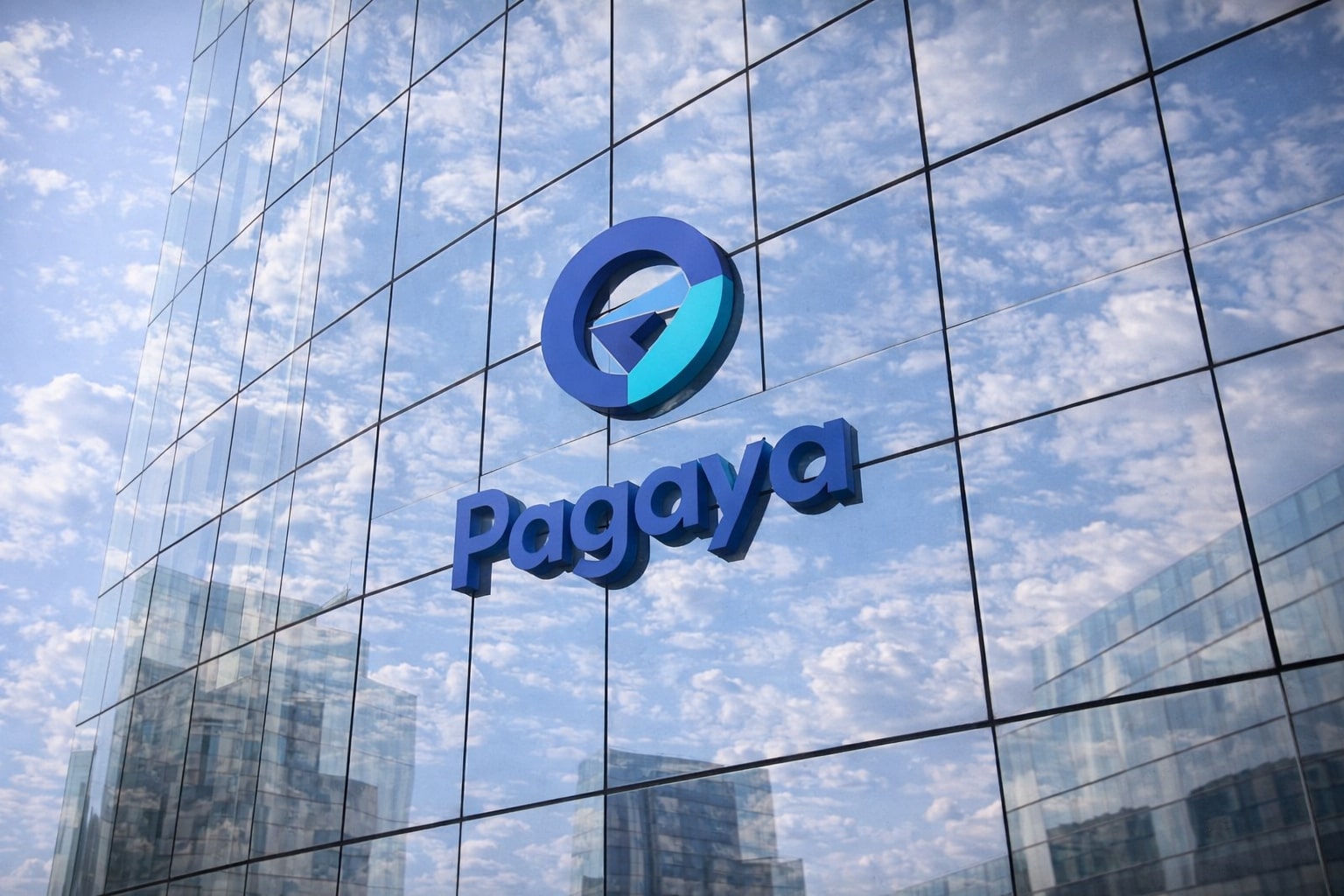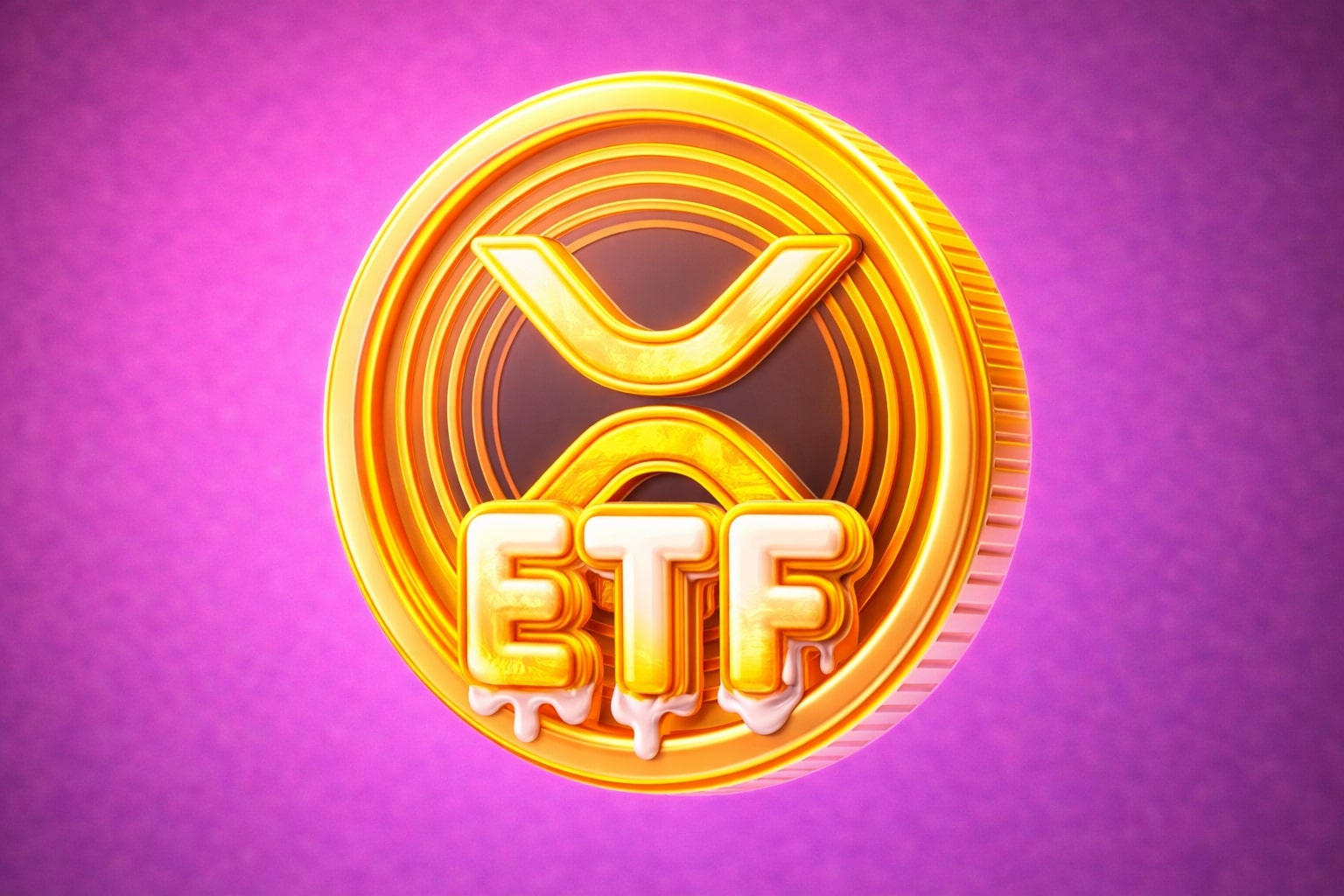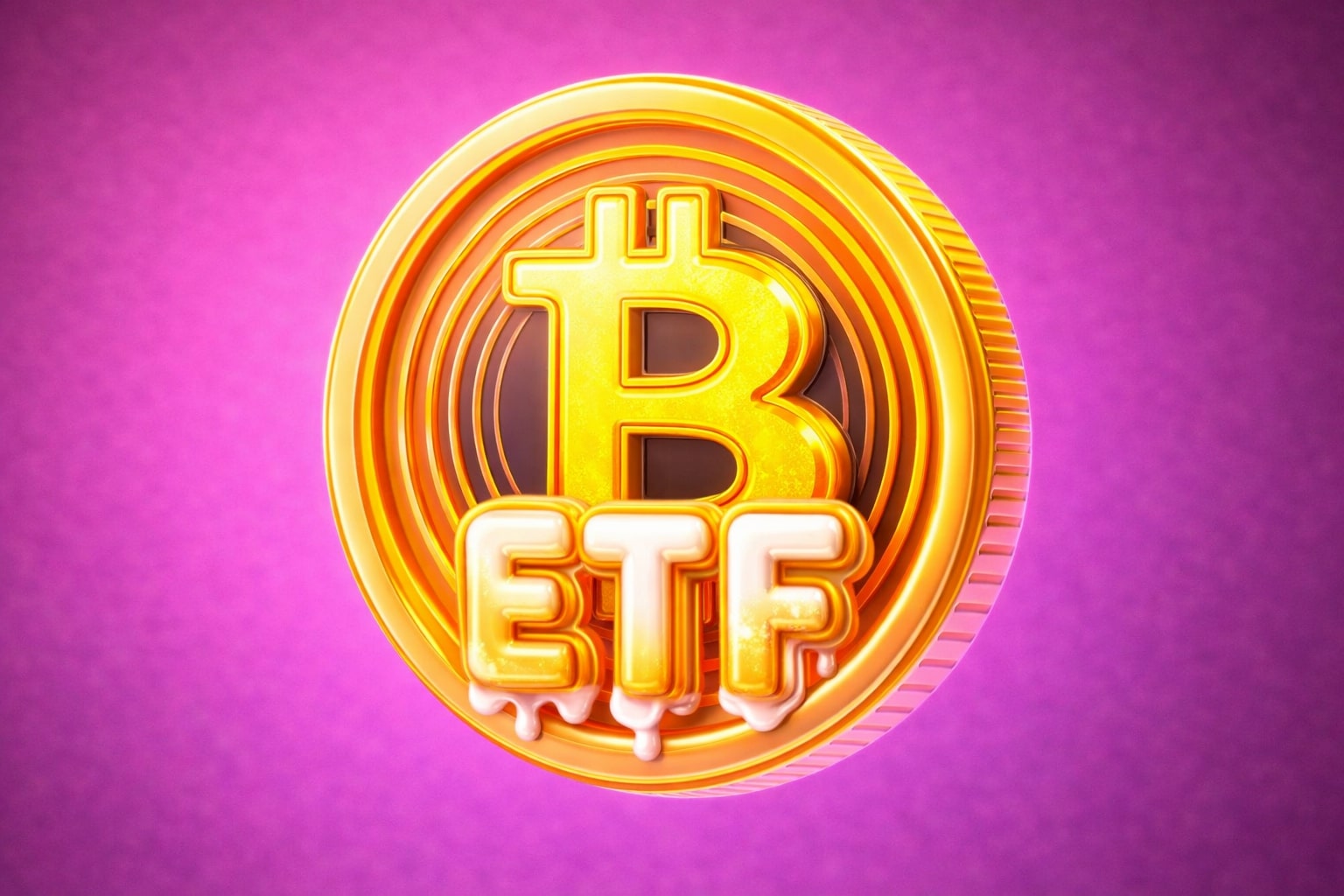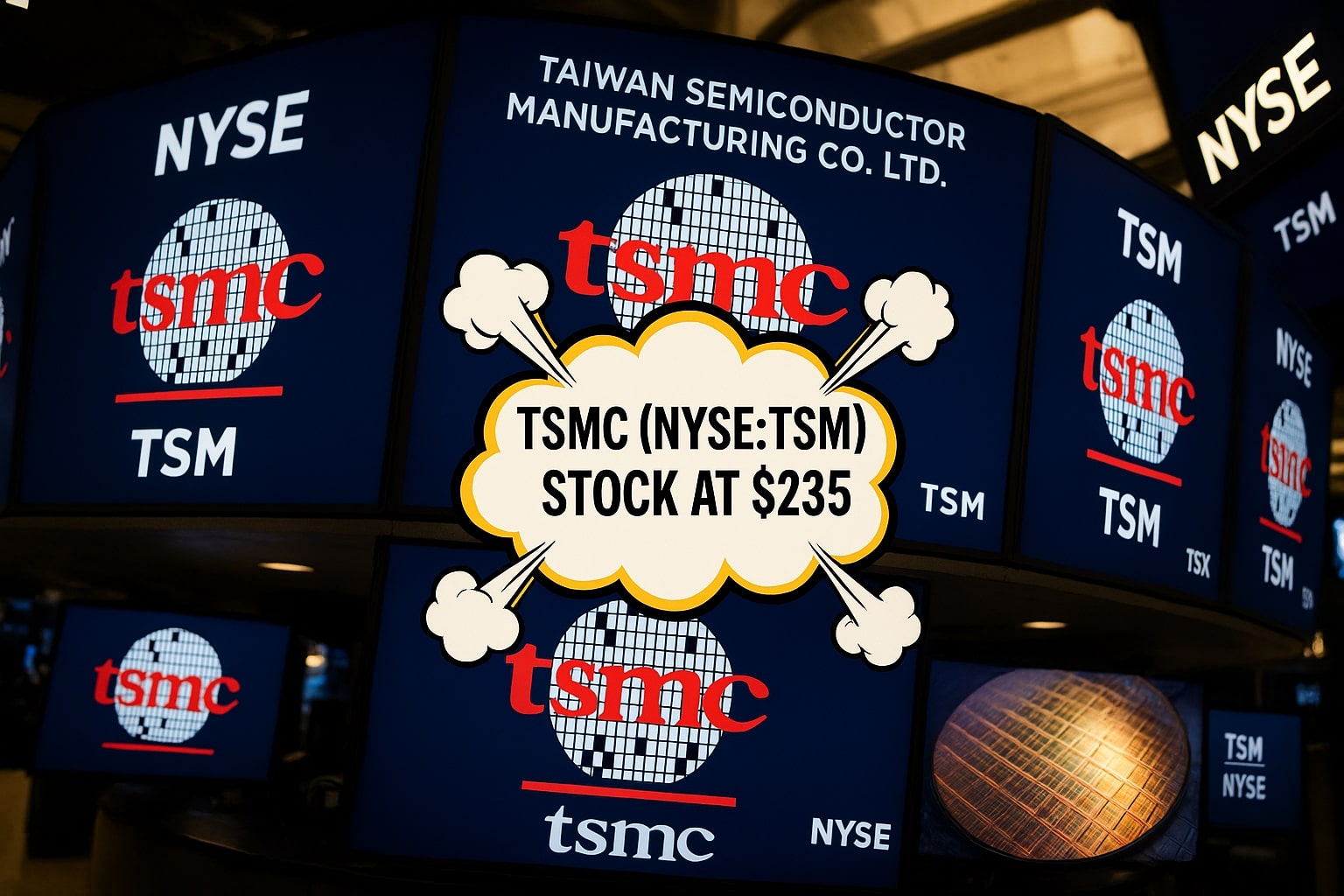
TSMC (NYSE:TSM) Stock Powers To $235 on AI Surge, 2nm Roadmap, and U.S. Tariff Exemption
NYSE:TSM guides up to $33B Q3 revenue with 59% from AI chips, while 2nm rollout, U.S. fab exemptions, and packaging dominance reinforce its global moat | That's TradingNEWS
NYSE:TSM Expands Moat as AI Demand, Tariff Exemptions, and 2nm Roadmap Drive Record Growth
Taiwan Semiconductor Manufacturing Company NYSE:TSM closed last week consolidating after its Q2 earnings, with shares trading near the $235–$240 range. The muted stock reaction belies the fact that the company has just delivered one of its most critical quarters in years, confirming both a resilient revenue base and an unrivaled position in the semiconductor supply chain. Management guided for $31.8B–$33B in Q3 revenue, a roughly 30% year-over-year increase, powered by insatiable demand in high-performance computing and artificial intelligence workloads. Gross margins, though pressured by foreign exchange, still printed at 58.6% in Q2 and are expected to hold between 55.5%–57.5% in Q3 — comfortably above the ~50% sector median.
AI-Driven High Performance Computing Becomes NYSE:TSM’s Core Engine
HPC has emerged as the dominant growth lever, accounting for 59% of total revenue in Q2 2025, up from 52% a year earlier. Orders from Nvidia for more than 300,000 H20 GPUs built specifically for the China market, alongside robust demand from AMD’s MI400X accelerators, have locked in wafer allocations well beyond current capacity. This is no short-term trend; Alphabet boosted capital expenditure by $10 billion even as macro uncertainty persisted, reinforcing the AI infrastructure buildout that TSMC’s fabs uniquely enable. Apple remains a critical second leg of revenue. iPhone 16 sales exceeded expectations, with smartphones making up 27% of total revenue, but the real inflection point is in AI, where TSMC has become the bottleneck provider.
Tariff Policy and Political Winds Strengthen TSMC’s U.S. Presence
President Trump’s 100% semiconductor import tariffs shook the industry, but NYSE:TSM was explicitly exempt, thanks to its Arizona fabs and planned $165B total U.S. investment. This places TSMC in rare company alongside Apple, which has pledged over $600B toward U.S. production. In effect, TSMC has bought its exemption while GlobalFoundries and Samsung face structural disadvantages. Trump’s move consolidates the dominance of players who can afford U.S. buildouts, leaving smaller rivals squeezed. Tariff uncertainty, which once overhung the stock, has been effectively removed for TSMC, giving it a clear run for the next growth phase.
2nm Node, CoWoS Packaging, and the Future of Sovereign Compute
Volume production of TSMC’s 2nm (N2) process begins later in 2025, marking one of the largest technological leaps in semiconductor history. Unlike earlier nodes, where profitability took years, the economics of 2nm are accretive almost immediately. Design submissions on N2 already surpass those for 3nm and 5nm at comparable stages, underscoring early adoption. Advanced nodes (3nm and 5nm combined) already deliver 60% of wafer revenue, up from 42% in Q2 2024. Beyond the transistor level, TSMC’s CoWoS (Chip-on-Wafer-on-Substrate) packaging is becoming an industry choke point. Capacity is scaling from 13,000 wafers/month in 2023 to 110,000 by 2026, yet demand still exceeds supply. In practice, TSMC now decides which firms can scale frontier AI systems, turning packaging allocation into geopolitical leverage.
Foreign Exchange Headwinds Pressure Margins
Despite operational strength, foreign exchange remains the most significant near-term drag. In Q2, the NT dollar appreciated to 31.05 per USD from 32.88 in Q1, eroding gross margins by 220 basis points. Management guided that every 1% NT appreciation reduces reported revenue by 1%, projecting a 260 basis point margin hit in Q3 if USD/TWD weakens toward 29. This dynamic, completely outside TSMC’s control, underscores the volatility embedded in earnings. Nevertheless, even adjusted for FX pressure, operating profitability remains superior to peers, reflecting structural pricing power.
Competition: Intel Falters, Samsung Struggles, GlobalFoundries Outpaced
Intel’s foundry plans continue to unravel. Its 18A process has been confined to internal use only, while its 14A line lacks an anchor customer. Without scale, Intel’s ability to compete on yield or pricing is minimal. Management admitted it will not commit new capex until customers appear — a stark contrast to TSMC’s six new fabs already in planning. Meanwhile, Samsung posted a KRW 2 trillion Q2 foundry loss, with 3nm yields languishing at 30–40% compared to TSMC’s ~90%. GlobalFoundries, though briefly buoyed by tariff exemptions, reported Q3 guidance of $1.69B in revenue and EPS of $0.38, missing consensus. Its smartphone-heavy mix (40% of sales) contrasts sharply with TSMC’s pivot to HPC, reinforcing the widening gap.
Valuation, Insider Transactions, and Long-Term Positioning
Despite structural dominance, NYSE:TSM trades at a forward P/E of ~24x and a PEG of 1.11, nearly 40% below the sector average. By comparison, Nvidia trades at 57x earnings, even while relying fully on TSMC’s fabs. A dividend yield near 1.2% further sweetens the profile relative to mega-cap peers that offer little or none. Some of the persistent undervaluation reflects what investors call the “China tax” — the risk of cross-strait conflict disrupting operations. TSMC is addressing this by diversifying: 30% of 2nm+ production will occur offshore, with fabs in Japan, the U.S., and Germany. Insider activity also reveals conviction; recent transaction data indicates no significant selling pressure, aligning management’s interests with shareholders.
Outlook: Buy, Sell, or Hold for NYSE:TSM?
With record AI demand, tariff exemptions, and advanced node leadership, NYSE:TSM sits at the center of global technology infrastructure. Risks remain — currency volatility and geopolitical exposure chief among them — but on fundamentals, the stock remains undervalued relative to its moat and growth trajectory. With Q3 revenue guided at up to $33B, margins near 56%, and expansion across three continents, the long-term case is intact. Compared against faltering Intel and loss-making Samsung, TSMC has widened its lead. The verdict, therefore, is clear: TSM is a strong buy, a foundational anchor for portfolios exposed to AI, HPC, and sovereign compute.
That's TradingNEWS
Read More
-
GDX ETF at $88 While Gold Tests $4,400: Are Gold Miners Poised for $100?
19.12.2025 · TradingNEWS ArchiveStocks
-
XRP ETF Boom: XRPI at $10.94 and XRPR at $15.49 as XRP-USD Clings to the $1.80–$1.90 Zone
19.12.2025 · TradingNEWS ArchiveCrypto
-
Natural Gas Price Forecast: NG=F Hovering Near $3.92 As Weather, LNG And Storage Collide
19.12.2025 · TradingNEWS ArchiveCommodities
-
USD/JPY Price Forecast - Dollar to Yen Near 157 as BoJ’s 0.75% Rate Hike Backfires on the Yen
19.12.2025 · TradingNEWS ArchiveForex














